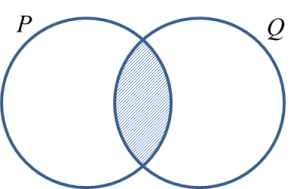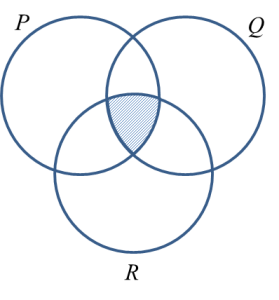Example 1:
Answer:
Example 2:
Answer:
Complete each of the following statements using the quantifiers ‘all’ or ‘some’ to make the statement true.
(a) _____ rectangles are squares.
(b) _____ prime numbers are odd numbers.
(c) _____ triangles have equal sides.
(d) _____ even numbers are divisible by 2.
Answer:
(a) Some rectangles are squares.
(b) Some prime numbers are odd numbers.
(c) Some triangles have equal sides.
(d) All even numbers are divisible by 2.
Example 2:
Construct a true statement using the quantifier ‘all’ or ‘some’ for the given object and property.
(a) Object: multiples of 4
Property: can be divided exactly by 5
(b) Object: regular hexagon
Property: 6 equal sides
(c) Object: acute angles
Property: less than 90o
Answer:
(a) Some multiples of 4 can be divided exactly by 5.
(b) All regular hexagons have 6 equal sides.
(c) All acute angles are less than 90o.













